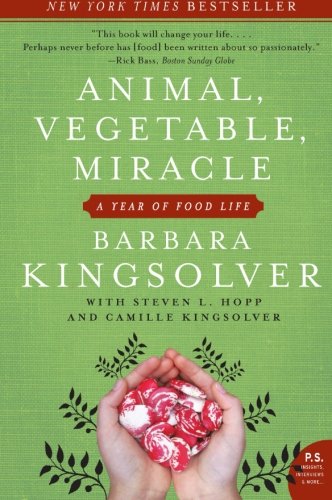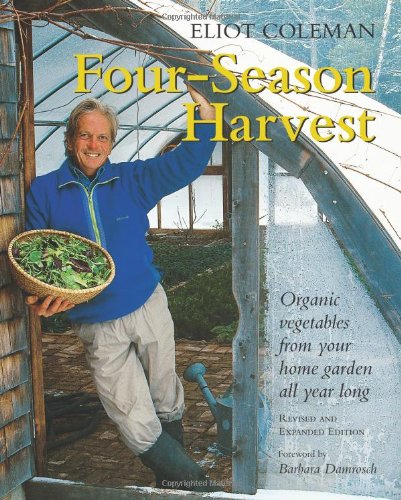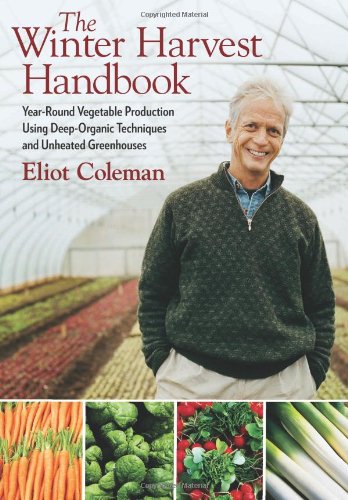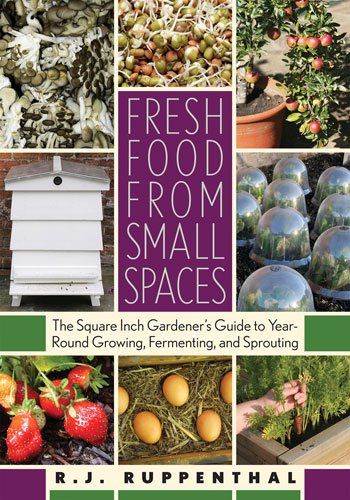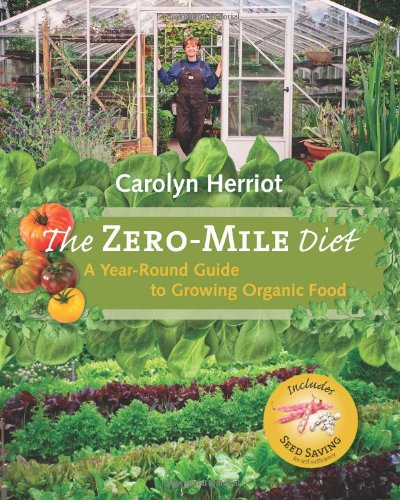
The Zero-Mile Diet: A Year-Round Guide to Growing Organic Food
This definitive month-by-month guide brings gardeners into the delicious world of edible landscaping and helps take a load off the planet as we achieve greater food security. Full of illustrative colour photos and step-by-step instructions, The Zero-Mile Diet shares wisdom gleaned from 30 years of food growing and seed saving with comprehensive advice on:* Growing organic food year-round* The small fruit orchard and backyard berries* Superb yet simple seasonal recipes* Preserving your harvest* Seed saving and plant propagation* Dirt-cheap ways to nourish your soil* Backyard poultry–it’s less time-consuming than youthink* Growing vegetables in the easiest way possible* A-z guide to growing the best vegetables and herbsPut organic home-grown fruits and vegetables on your table throughout the year, using the time-saving, economical and sustainable methods of gardening outlined in The Zero-Mile Diet. This book is about REAL food and how eating it will change our lives for the better.

